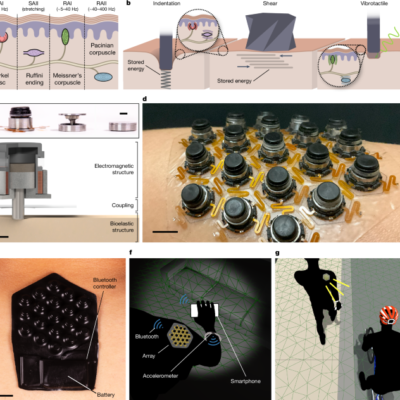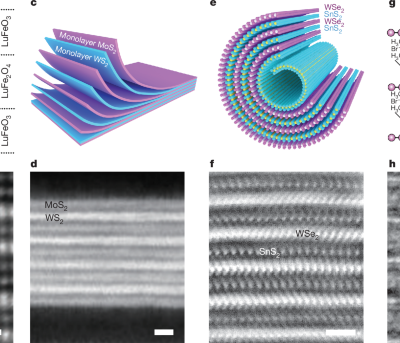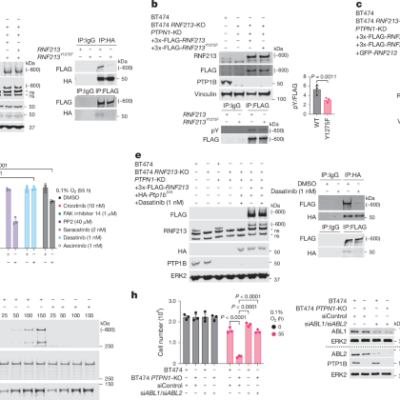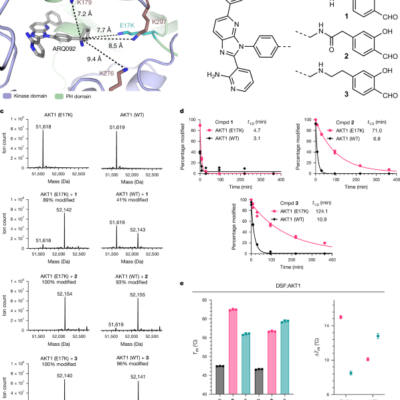NATURE

Bioelastic state recovery for haptic sensory substitution
- By fromermedia@gmail.com
- . November 6, 2024
Bolanowski, S. J. et al. Four channels mediate the mechanical aspects of touch. J. Acoust. Soc. Am. 84, 1680–1694 (1988).

Layered hybrid superlattices as designable quantum solids
- By fromermedia@gmail.com
- . November 6, 2024
Alferov, Z. I. Nobel Lecture: The double heterostructure concept and its applications in physics, electronics, and technology. Rev. Mod. Phys.

Automated real-world data integration improves cancer outcome prediction
- By fromermedia@gmail.com
- . November 6, 2024
Patients This study primarily analysed data for patients with tumour genomic sequencing and completed tumour registry entries from two partially

researchers must stay strong and united
- By fromermedia@gmail.com
- . November 6, 2024
Moving on: Donald Trump’s re-election poses challenges for science.Credit: Loren Elliott/Getty When Donald Trump was first elected to the US

Colibactin-driven colon cancer requires adhesin-mediated epithelial binding
- By fromermedia@gmail.com
- . November 6, 2024
Brennan, C. A. & Garrett, W. S. Fusobacterium nucleatum—symbiont, opportunist and oncobacterium. Nat. Rev. Microbiol. 17, 156–166 (2019). Article CAS

Central pattern generator control of a vertebrate ultradian sleep rhythm
- By fromermedia@gmail.com
- . November 6, 2024
Animals Adult lizards (P. vitticeps) of either sex, weighing 150–300 g (around 1.5–3 years old), were obtained from our institute colony and selected

A multicellular developmental program in a close animal relative
- By fromermedia@gmail.com
- . November 6, 2024
Kalinka, A. T. & Tomancak, P. The evolution of early animal embryos: conservation or divergence? Trends Ecol. Evol. 27, 385–393

A mechanism for hypoxia-induced inflammatory cell death in cancer
- By fromermedia@gmail.com
- . November 6, 2024
Bertout, J. A., Patel, S. A. & Simon, M. C. The impact of O2 availability on human cancer. Nat. Rev.

Stochastic neuropeptide signals compete to calibrate the rate of satiation
- By fromermedia@gmail.com
- . November 6, 2024
van den Pol, A. N. Neuropeptide transmission in brain circuits. Neuron 76, 98–115 (2012). Article PubMed PubMed Central Google Scholar

Mutant-selective AKT inhibition through lysine targeting and neo-zinc chelation
- By fromermedia@gmail.com
- . November 6, 2024
Carpten, J. D. et al. A transforming mutation in the pleckstrin homology domain of AKT1 in cancer. Nature 448, 439–444
